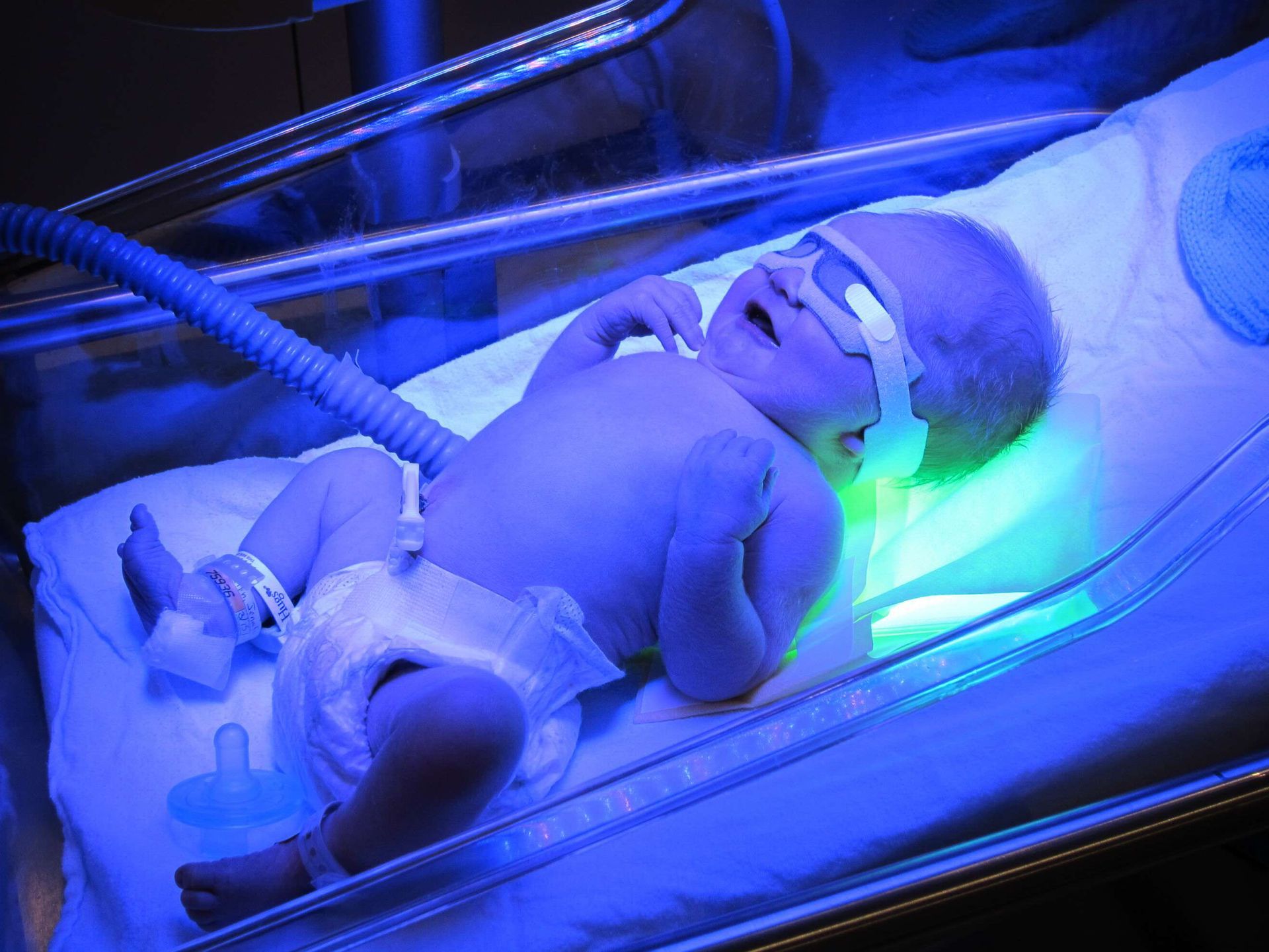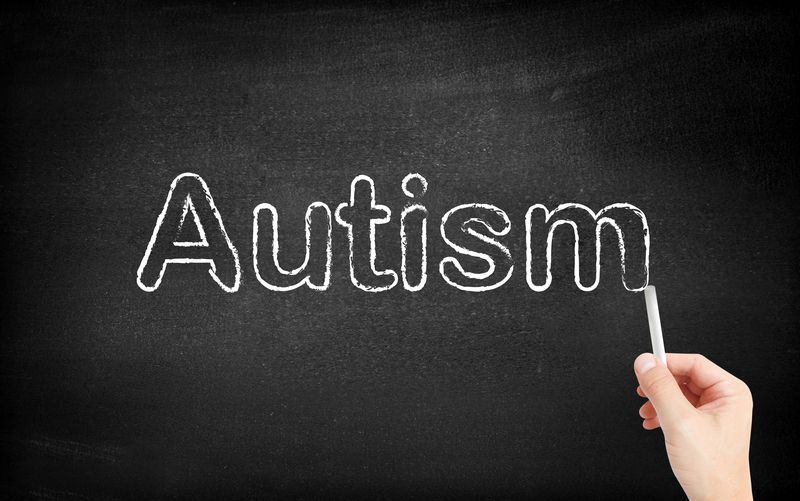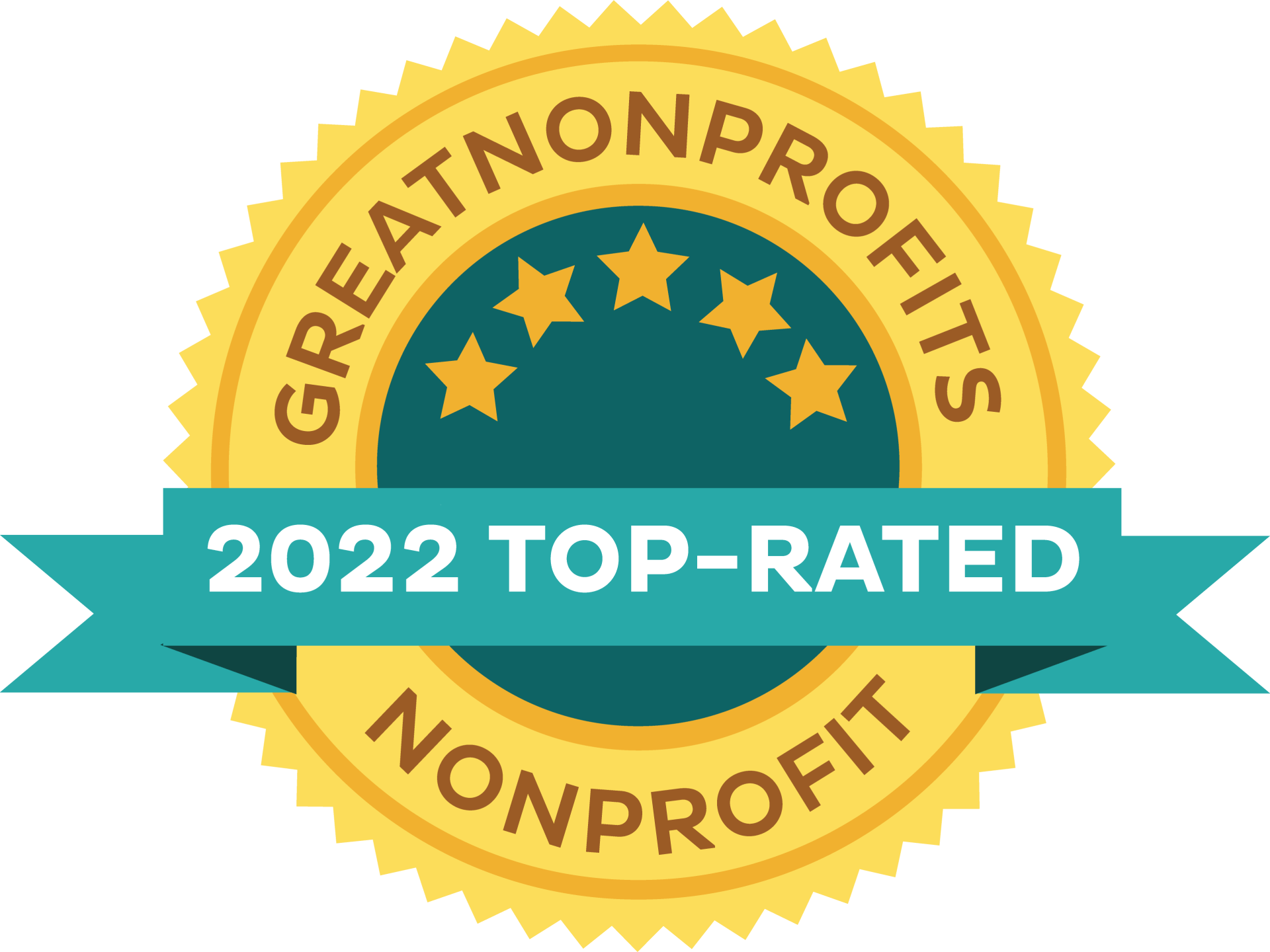By Jennifer Sills
•
04 May, 2022
Link to Paper: https://doi.org/10.3389/fmolb.2022.831693 Authors: Werner C, Gast A, Lindenblatt D, Nickelsen A, Niefind K, Jose J, and Hochscherf J Research Explained By : Dr. Jennifer Hochscherf Research Explained Summary : Patients with OCNDS have a change or mutation in the gene that contains the blueprint for the protein “protein kinase CK2alpha”. There are always two copies of this gene in the cell and the mutation only occurs in one of them. The blueprint determines the sequence in which different building blocks, so-called amino acids, are linked together in a long chain. However, this long chain should not be thought of as a straight thread, but rather it takes on a spatial three-dimensional structure that is determined by the sequence of the building blocks. This three-dimensional structure is crucial for the function of proteins. The protein CK2alpha is an enzyme, a protein kinase to be more specific. Enzymes are tools of the cell to assist and catalyze chemical reactions. The CK2alpha reaction is the chemical modification of a second protein (the so-called “substrate protein”) by attachment of a phosphate group. This “phosphorylation” event is a metabolic signal with several possible consequences for the substrate protein: for example, it can be switched on or off, it can be marked for degradation or for transport to a specific location within the cell. In summary: correct and carefully out-balanced cellular phosphorylation reactions by CK2alpha and other protein kinases are crucial events to keep cells healthy and beneficial for the whole organism. CK2alpha can phosphorylate different substrate proteins, and it recognizes them by a specific amino acid sequence on their surface. It is most important that this recognition works well and that the substrate proteins of CK2alpha are not mixed up with those of other protein kinases. To assist this job, CK2alpha has a binding partner called CK2beta. Together, they form a stable complex, the so-called CK2 holoenzyme, which in total consists of two CK2alpha and two CK2beta proteins and which is the predominant form in the cell. In our research, funded by the CSNK2A1 foundation, we aimed to elucidate the consequences of the most common mutation reported for OCNDS patients, which leads to the exchange of the amino acid lysine at position 198 to arginine in CK2alpha (CK2α Lys198Arg ). We therefore examined several aspects of the CK2α Lys198Arg variant, such as the subunit interaction, stability, three-dimensional structure and activity and compared them with the non-mutated form, the “wild type”. We found that the mutation does not affect the interaction with CK2beta, and that the thermal stability of the protein is even slightly increased. We applied a technique called X-ray crystallography that enables to determine and visualize the three-dimensional structure of a protein with near to atomic resolution to investigate the molecular details of the CK2α Lys198Arg structure. The mutated position 198 is located in the substrate recognition site of CK2alpha that exposes a positively charged surface area and preferentially binds negatively charged residues of its substrate proteins. In a CK2alpha X-ray structure solved in the absence of a substrate protein, the positively charged region is often occupied by two negatively charged sulfate ions. These sulfate ions thus mark the binding sites for negatively charged amino acid building blocks in the substrate protein that belong to the sequence recognized by CK2alpha. The most striking feature of the CK2α Lys198Arg structure is that the position of one of the characteristic sulfate ions is shifted compared to the wild-type. Although this shift of the anion binding site seems subtle at first sight, this structural finding supports the conclusion drawn by Caefer et al. (2022) that the CK2alpha mutant Lys198Arg does not primarily lead to a loss of function, but to a change in substrate specificity. To detect possible selectivity changes due to the Lys198Arg mutation, comprehensive enzymatic activity assays have been performed in Prof. Joachim Jose’s research group at the University of Münster, Germany. The outcome of these assays support the conclusion by Caefer et al. (2022) that the substrate spectra of CK2α Lys198Arg and wild-type CK2alpha differ from each other, meaning that CK2α Lys198Arg has some substrate proteins not phosphorylated by wild-type CK2alpha and vice versa. In particular proteins of the nervous system might be differentially phosphorylated by the variant CK2α Lys198Arg and the wild-type form. Understanding the molecular basis of OCDNS is important to identify the direction in which research should continue and ultimately to develop strategies for the development of therapies. Link to: Caefer et al. (2022) The Okur-Chung Neurodevelopmental Syndrome Mutation CK2K198R Leads to a Rewiring of Kinase Specificity. Frontiers in Molecular Biosciences. https://doi.org/10.3389/fmolb.2022.850661 If you have any further questions, please contact Jennifer Sills at jennifer@csnk2a1foundation.org Jennifer Hochscherf I received my PhD in biochemistry from the University of Cologne in 2009 on the molecular interactions of CK2 and subsequently joined the laboratory of Prof. David Litchfield at the University of Western Ontario in London, Canada as a postdoctoral fellow. I then returned to Cologne to the laboratory of Prof. Karsten Niefind as a postdoc, with interruptions as an experienced researcher at the company Kinase Detect in Odense, Denmark and as a lecturer at the University of Cologne. Since my PhD thesis, my research is focused on the protein kinase CK2. Currently, my focus is on the characterization of CK2alpha and CK2beta variants associated with the neurodevelopmental disorders OCNDS and POBINDS. I am particularly interested in the 3D structures of proteins and the biophysical characterization of protein-protein interactions as well as the interaction of proteins with small molecules.












